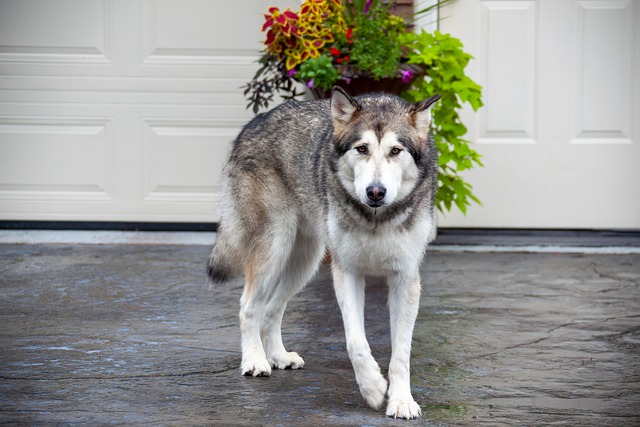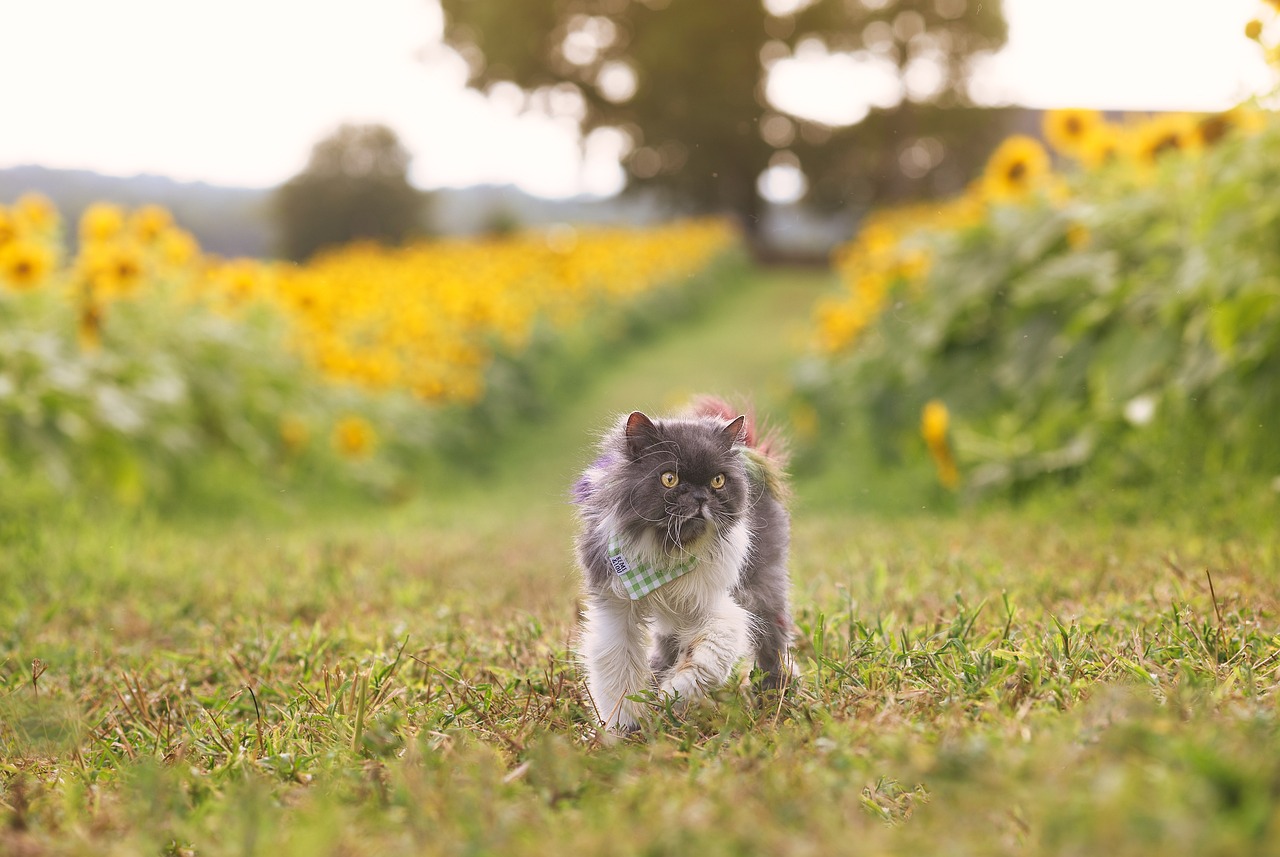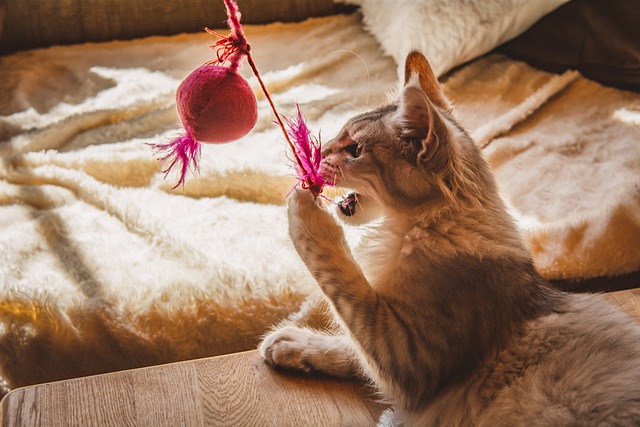What to expect as your dog ages

Different-sized dogs reach adulthood at different times
Let’s talk about some of the physical and biological changes that occur as dog’s age. Dog’s age at different rates depending on their physical size. For example, large breeds of dogs generally have a shorter lifespans than small dogs. Therefore, it can be said that a large dog will reach old age earlier than a small breed dog and will have the associated health problems sooner.
Grey hairs
Regardless of size, aging dogs begin to develop gray hair around their muzzle and chin in late adulthood. This is a mild sign of slow aging that is not too alarming at first. The dog can remain healthy for years despite the slight graying of its physical appearance.
Decreased energy
Your dog will slowly lose its energy level. You will notice that your dog will have less patience for the hyperactive games he used to play. The dog may still want to play, but will not be able to play for extended periods. You will know when the dog wants to stop as he will lose interest. Also, due to normal age-related changes, muscles and joints weaken, and the dog may be more susceptible to injury. You and your dog can still play these games, but go slower, for shorter periods and be careful.
Decreased body mass
The older dog’s body begins to lose fatty tissue and the collagen layer under the skin. This phenomenon is similar to human aging. This means that some weight loss is normal for an aging dog. However, any weight loss should be checked by a veterinarian as it is usually not normal. Your aging dog will become increasingly bony.
Thinning fur
The dog’s coat is thinning and the lost fur may not look as “fluffy” as it did before aging. Some dogs may be more sensitive to cold at this stage, due to thinning of the coat and loss of fatty tissue.
Change in diet
Your veterinarian is in the best position to advise you on when to start feeding your dog senior dog food. By the time most of these changes likely occur, the dog will have been eating a senior formula for some time. Senior formulas are less rich and are supposed to be easier on the digestive tract of older dogs.
Change in sleep patterns
Senior dogs sleep longer and harder. You’re probably used to the family dog-napping lightly throughout the day, but waking up with excitement at the slightest noise, excitement, or the sight of food. While the aging dog may sleep harder and need more coaxing to get out of bed. It’s a good idea to let them rest. Make sure they have a clean, soft, supportive bed. Some pet stores sell special orthopedic beds.
Blindness and Deafness
Dogs can lose their hearing and vision as they age. Older dogs may be blind and deaf, or hard of hearing. Fast-moving objects, such as other dogs or small children, can frighten an older dog. Any sudden loud noise may startle the senior dog. As an owner, it is best to reduce distractions and provide a quiet environment whenever possible.
Changes in “Dog Breath
An older dog’s breath may change or become more noticeable due to increased tartar buildup in previous years. Unless your dog has had a regular dental cleaning. Even commercially available chew toys that claim to clean teeth are not enough. The older dog may also have swollen gums that may occasionally bleed and add to the odor of the mouth. In some cases, a change in a dog’s breath is a sign of other medical problems in the body and it is a good idea to consult your veterinarian.
Changes in the bowel and bladder
Older dogs may need to urinate more frequently and may have more difficulty holding their bowels in than when they were younger. Provide your dog with more frequent opportunities to eliminate. On average, every 3-4 hours. For some older dogs, this frequency is even higher. An increase in accidents in the house, even if the dog is trained, is normal and should not be punished because the dog is getting older. The dog knows it better than anyone else, but he cannot control it. This is a sign that you need to increase the opportunities for your dog to relieve himself outside in an appropriate area.
Emergency signs in your aging dog
Have your dog examined right away if:
- Your dog’s gait suddenly changes (drunken, uncoordinated, staggering gait)
- Sudden blindness, hearing loss, head tilt
- Breathing difficulties
- A sudden decrease in eating or drinking
- A sudden increase in appetite or especially alcohol consumption (copious amounts)
- A sudden increase in frequency of urination, especially frequent urination
- Constant licking, scratching, or biting
- Diarrhea and vomiting, especially if it is more than “a few” continuous episodes.
It is important to note that I am not a certified veterinarian. I offer this information only as a general guide, which I find useful to know, and I hope you do too. What I can tell you is that any sudden changes in your dog are NOT NORMAL and should be followed up with a visit to the vet. Also, older dogs cannot compensate medically as well or as long as younger dogs. This means that they cannot tolerate acute illnesses as well. For example, prolonged vomiting and diarrhea can quickly dehydrate an older dog and make him or her a greater medical emergency, because his or her body cannot function as well to keep itself alive under the stress of a sudden illness.
Signs of pain in dogs
- Decreased appetite
- Choosing to walk on softer surfaces (grass instead of cement)
- Protection of limbs (hold one paw up, don’t put pressure on it)
- Excessive licking, biting, or scratching of skin or limbs.
- Moaning or groaning when touching the affected area
- Aggressive behavior (to avoid further injury)
- Reluctance to move or get out of bed
As the dog’s owner, you’ll know if your senior dog is suffering by learning about his or her behavior in response to age-related changes. You will be able to see how comfortable the dog is by looking into your dog’s eyes. You can work effectively with your veterinarian to develop the best pain management regimen for you and your dog.





